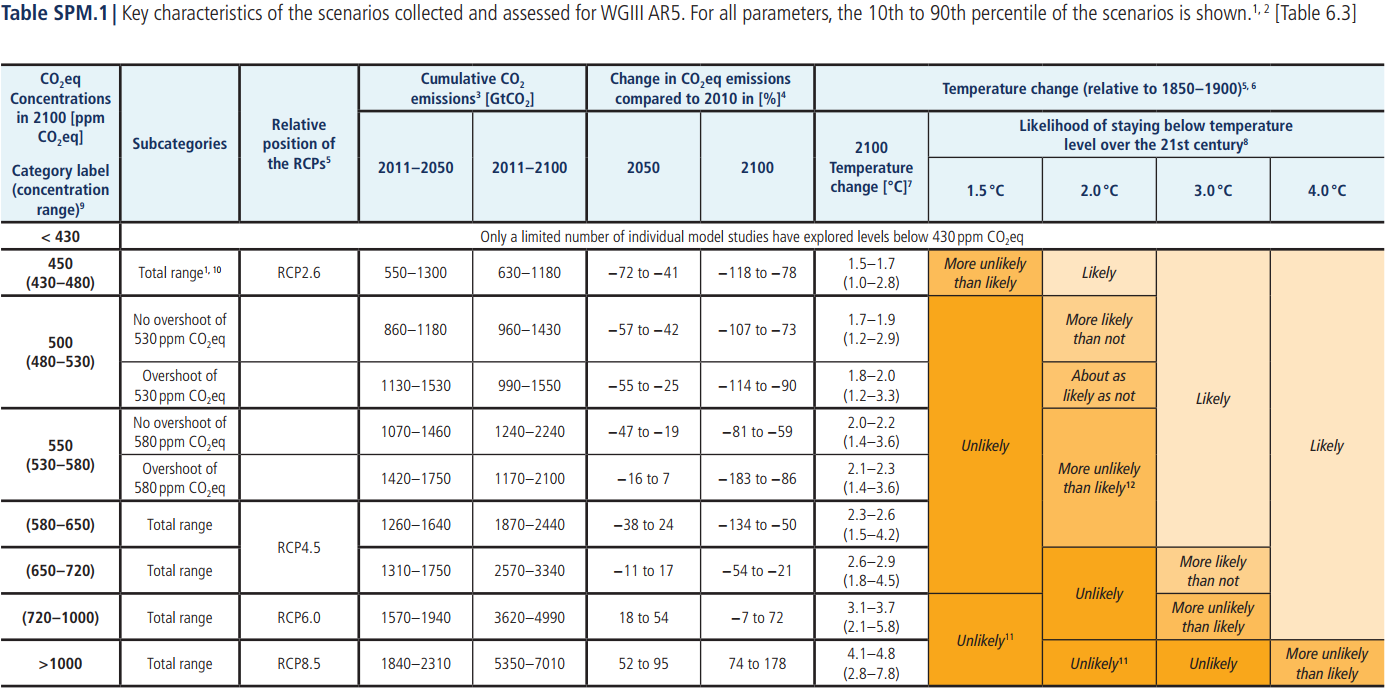TLDR: The short answer is that it's not possible. Greenhouse gas emissions come from a diverse set of sources, and only the weakest targets can be met by focusing solely on one area. Even if every person on earth became a vegan, that would not be enough, although it would help significantly.
I'm going to start with a major simplifying assumptions to ease calculation. Any greenhouse gas emissions attributed to agriculture would alleviated with a vegan diet. With this assumption, a 100% vegan world results in zero greenhouse gas emissions due to agriculture. This is obviously wrong, but will give us an upper bound for how much diet changes can affect total greenhouse gas emissions.
US
In the US in 2015, agriculture was responsible for 9% of greenhouse gas emissions.1

Assuming veganism can eliminate 100% of agricultural emissions, if every person living in the United States transitioned to a vegan diet, that would not be enough to achieve an emissions decrease of 10% over 2015 levels, nevermind 1990.
Global
Globally, all of agriculture, forestry, and other land use accounts for 24% of greenhouse gas emissions.2, 3

Warming projections which keep the probability of staying below 2°C of warming by 2100 "about as likely as not" require emissions to be reduced by at least 25% by 2050 at the low end of the range.3

Even in optimistic scenarios, the elimination of all agriculture, forestry, and other land use emissions globally are insufficient, thus we can easily say that a vegan diet alone will not be able to reach our emission targets.


